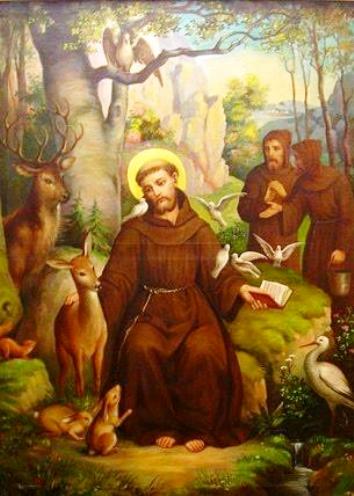Millions of people affirm to the knowledge of the invisible world, because of the innate inclination of man towards the spiritual, it consists of a brief history of some beliefs of antiquity and now updating the Spiritism have been formulated from the various fields of science, religion and philosophy. Today we are going to talk about the relationship between Spiritism and Allan Kardec.
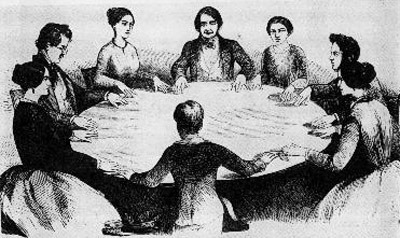
Biography of Allan Kardec.
Parapsychology is a science of observation and a philosophical belief, Spiritualism as a science lies in the connections that can perhaps be established with souls (spirits), as a philosophical system it interprets all the moral consequences that flow from similar relationships (What is Parapsychology “Spiritualism”? according to Allan Kardec).
Allan Kardec was a codifier of Spiritism, a precise coordinator of a subject that regulated the Spiritist current of the 19th century; however, he was a very imaginative writer and also of spiritual peculiarity (see: article Hand of Orula: ).
Hippollite Leon Denizar Rivail (known as Allan Kardec), was born in France on the third of October in the year 1804; he had already previously passed that is the stage of the Encyclopaedia and this journey of ideas that would leave the foundations of a society, as well as the very strict pedagogues instructing the intellectual consciousness of Kardec.
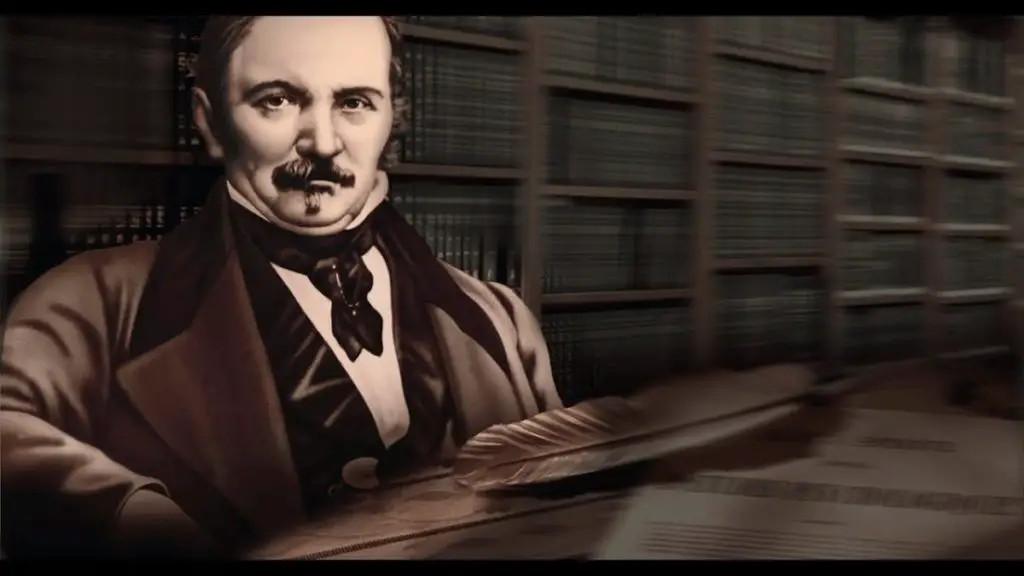
The philosopher Alain Kardec was brought up in a family with a very upright culture, he did his studies in Lyon and finished them in Yverdum, Switzerland, in the academy of the famous professor Pestalozzi, which is known as one of the most prestigious centres of learning in Europe, and where famous intellectuals of the past passed through.
Allan Kardec was a brilliant student of science and literature; he was particularly interested in linguistics and was fluent in the following languages Spanish, English, German and Dutch.
On his return to Paris, he founded an institute of learning similar to the one in Yverdum and, while working as a public educator, he published a considerable number of texts. Bankrupted by family conflicts, he managed to survive financially and even taught physics, chemistry, comparative anatomy and astronomy.
In 1854, when he was fifty years old, he first heard about the phenomenon of revolving tables, which were then in vogue; his friend Fortier (the magnetiser) informed him that “we have here something very extraordinary, not only does it turn by magnetising it, but we can make it talk: you can ask it questions and the table will answer”.
The following video is a documentary film in which you will learn a little more about the life and work of Allan Kardec and understand his fundamental role in Spiritualism.
“Our writer replies. “I will believe it when I observe and it has been proved that the table contains brains to reason, nerves to feel, and that it can transform itself into a somnambulist, until this happens and I see it, it will be only a child’s tale”.
At the beginning of 1855, he met an old friend named Carlotti, to whom he told about the phenomena and suggested that he might be experimenting with spirits, which caught his attention and he began to study and investigate.
In the month of May 1855, together with his friend Fortier, he visited the house of his friend Madame Roger; they held a dialogue with various people who passed on to him the idea previously suggested by Carlotti (see: article Taoism: ).
The meeting left its mark on him and he was immediately invited to take part in a training session; when he left, he said “It was there, for the first time, that I was able to give my testimony of the miracle of the revolving tables, which ran and jumped, in circumstances where no doubt was possible; there I also observed some imperfect proofs of mediumistic writing”.

Still unbelieving, but equally impressed, he was bound to the friendship of the Baudin family, to whom he was invited to the meetings; he tells us “This was my first training in Spiritualism, based on the observation of revelations.
Applying this new science, as I had always done, the experimental method, I never felt a pre-established theory, I observed carefully, compared, deduced and drew my own conclusions; from the consequences I went back to the causes through deduction and the logical chain of facts, only accepting the feasibility of a description when I could solve the difficulties related to the subject.
In this way, at the age of about twenty-five, I suddenly realised the danger of the research I had begun and saw in the phenomena the key to the controversial conflict of the past and to the destiny of mankind, the satisfaction and the answer to all my researches.
It was a complete change of ideas and beliefs, so I had to work with caution and not lightly, to be positive and put aside ideals in order to avoid unrealistic assertions.
In 1855, he received from Carlotti and a group of students fifty notebooks containing accounts of various practices and communications, and was asked to analyse and organise the contents.
At nightfall, when we were at one of the events at Baudin’s house, our man (still Rivali) received a communication from his spiritual guardian, calling him the Spirit of Truth, explaining a previous materialisation with the Druids in Gaul and whose name at that time was Allan Kardec.
He also informs him of his assistance in the important task for which he is destined, after which Allan Kardec projects himself to the work, receiving instructions through various mediums (magicians) such as Croset, Japhet, Dubfaux, Aline, the Baudin sisters, etc., thus differentiating the mediators of his communication with the spirits to contrast the truth.
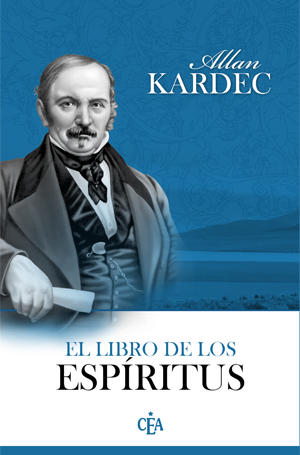
On 18 April 1857, he published the book that marked the beginning of Spiritualism, “The Book of the Spirits”; the book was signed with the name of Allan Kardec, separating the stage of writer and famous pedagogue, in which he signed his name with that of birth (see: article Yin Yang: ).
In the remaining years of his life, Allan Kardec wrote all the books to perfect the spiritualist codification (mediums) and completed the first book after reincarnation.
In 1858 he published the Spiritualist magazine “Revue Spirite”, then in 1861 he published the Book of the Mediums, his report confirmed the scientific character of the Spiritualist belief, caused an uproar and the Catholic religion protested against Allan Kardec.
In the same year, three hundred Spiritist copies were burnt in the city of Barcelona by the Spanish Inquisition. Later, through another Spiritist, Allan Kardec received the message of the Bishop of Barcelona, the creator of the Act of Fidelity, which ordered the cremation of the copies, which were already disincarnated.
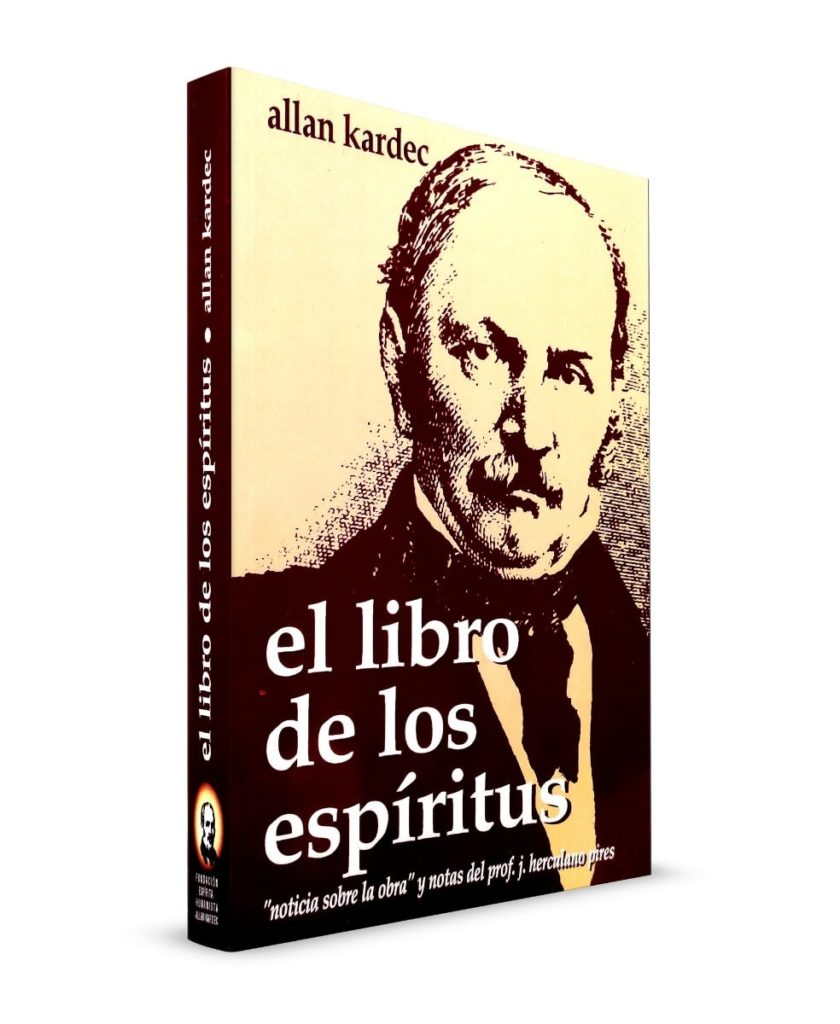
It was written: “You have burnt your images and burnt your knowledge; pray for me, pray for me, for the prayer of a fugitive for his persecutors is pleasing in the sight of God”.
In 1864 they published “The Gospel according to Spiritualism”, the following year, 1865, they published a second copy called “Heaven and Hell”, in 1868 they published the copy “The Genesis”; the author Allan Kardec disincarnated in 1869, he was 65 years old.
As a result of Allan Kardec’s astute knowledge to transcribe Spiritism, numerous Spiritist copies were subsequently published, but the codifiers diminished the original character of the spiritual transmission and the situation to approach the messages.
These copies, moreover, by their broad content of the subject, included innumerable recognitions, and many of these copies were subsequently examined by science. In the same year that Allan Kardec passed away, the Dialectic Society of London set up a commission to investigate the phenomena of Spiritism, and this knowledge spread throughout Europe.
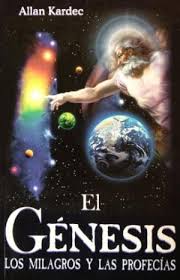
After months of research, its twenty-two members concluded that the phenomena were true, followed by further research into Spiritist phenomena and theses, which also finalised the proposal of Spiritism.
WHAT IS SPIRITISM ABOUT?
Spiritism discusses the fundamental questions of life, such as: before birth, who am I; after death, who was I; why am I in this world; what am I going to do; why are there people who suffer more than others; why are there cripples, blind, mentally ill, etc… and others healthy and intelligent; why are there class distinctions such as rich and poor; why is there so much poverty in the world; why does God allow so many differences between His children; why does God allow so many differences between His children…?
The phrases that became the codifier’s banner on Allan Kardec’s bicentenary posters were used:
Quote: Dignity, tolerance, solidarity; out of the glitter exists Allan Kardec expressed in “Posthumous Works”: “I adapted to this new science, as I had always done with every other, the procedure of experimentation: I never trusted preconceived theories.
I never trusted preconceived theories. I wanted to return to principles by means of conclusions and logical connections of facts, and I did not accept as authentic any explanation that did not resolve every possible obstacle.
Then he said: “Understanding the moment of the seriousness of the research to be undertaken, he saw in these phenomena the kind of solution to the obscure and controversial difficulties of the past and future of humanity, the solution which he had been searching for in vain all his life.
Allan Kadec took it upon himself to proclaim a gospel which, as he saw it, governed spiritualism. In a similar way to how the apostles of Jesus wrote the Gospels that govern the Catholic and Christian religions. Don’t miss the following video where you will find all the information you need to know.
I realised that a whole upheaval of ideas and beliefs was taking place, and in the face of this I made a promise to myself to act prudently and not recklessly, to be positive and not idealistic, so as not to fall victim to illusions.
What is it?
Previously, terms such as spiritualism and neo-spiritualism had been used, and although spiritualistic facts had always existed, they had been interpreted in various ways, many of them through the prism of mysticism, superstition and the supernatural.
In order to obtain the most complete answer to the above question, it is necessary to turn to the Book of Spirits, which is the very outline, the central nucleus and, at the same time, the general framework of the Spiritist doctrine.
If we examine this book in relation to Kardec’s other works, which complete the codification, we will see that they all start from the foundations of The Book of Spirits; in The Book of Mediums, The Genesis, Heaven and Hell, we can see that the codification is presented as a homogeneous and consistent whole.
One hundred and fifty years after its publication, The Book of the Spirits remains as solid and current as in the beginning, without having been replaced by the technological progress of the material sciences of the world, because, as Kardec says, Spiritism is a progressive and open doctrine.
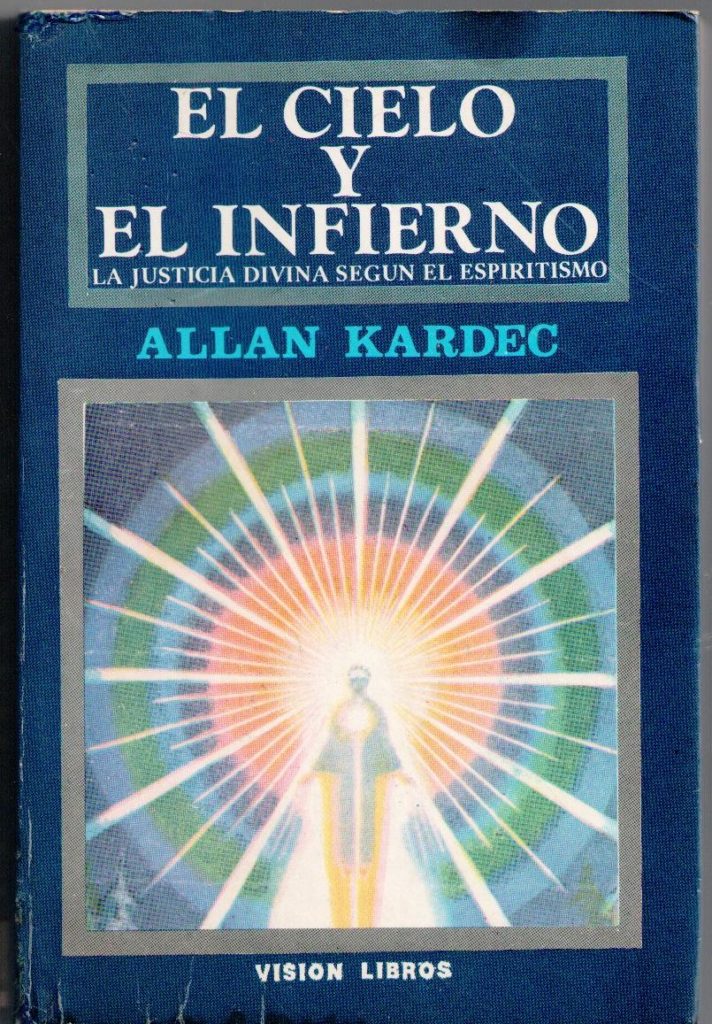
It is science because it is an organised body of knowledge relating to certain categories of facts or phenomena, empirically analysed, catalogued and reported by its investigators, represented by the Book of Mediums. Kardec says, “sound faith is that which can stand up to reason, face to face”. (See: Hindu Culture article: )
It is philosophical when, inserted in the traditional philosophical context, albeit of an evolutionary and metaphysical nature, it points to man’s need to go in search of his own burial, stimulating him to find answers to the great questions of humanity: his nature, his origin and destiny, his role before life and the universe. Kardec says: “To be born, to live, to die and to be reborn, always progressing, that is the law”.
It is a religion because it has the gift of uniting peoples in the ideal of brotherhood proclaimed by Jesus of Nazareth, thus enabling man to meet his own Creator. Kardec says: “Outside charity there is no salvation”.
Spiritualism and Allan Karlec
The vast literature now available to us shows that our age is highly developed in the field of intellectuality and general knowledge.
In this context, the word Spiritualism seems to have been lost in the sea of truths that this doctrine has long been teaching.
Although it is not yet generally understood, and although the fear of the past is no longer verified when Spiritualist explanations are mentioned, it is interesting to note that exactly what was foreseen by Kardec almost one hundred and fifty years ago is happening.
In various approaches, we find the reality of the Spiritist postulates, presented and discussed by scholars in different fields, bringing to life questions that the Spiritist doctrine has always moved.
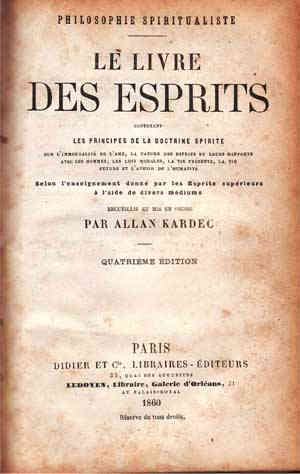
Despite all the questioning on this subject, few people bother or even think about how we will actually continue to exist after disincarnation. In general, most are satisfied with an illusory explanation without logic or confirmation.
Only the Spiritualist doctrine, with its enlightening function, is able to show the horizons of the spiritual life. As a reliable scripture on this subject, we would like to recall the excellent book “I Have Returned”, psychographed by Francisco Candido Xavier and dictated by the spirit brother Jacob, where we find a very clear description of the passage to the spiritual world and the first moments of the spirit’s return to the true homeland.
Palingenesia, which means rebirth or rebirth, is a very old belief that has been with man since he began to adopt religious rituals. It is believed that the idea of reincarnation was first established in India and became a dogma in all the religions of the ancient East.
In the course of history, we find Pythagoras in the 6th century BC, who brought back to Greece the concepts he had learnt in Egypt and Persia. The sense of reincarnation was maintained in Greek philosophy through the teachings of Socrates and Plato.
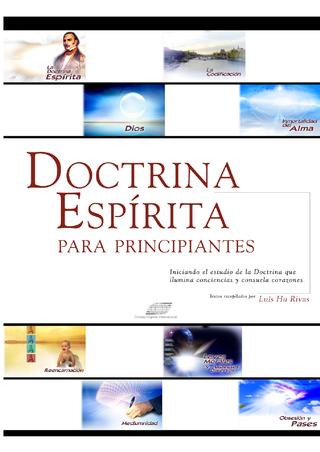
In the ancient world, reincarnation was regarded as an unquestioned and undeniable reality. Kardec also says (The Gospel According to Spiritism – Chapter IV) that reincarnation was part of the Jewish dogmas. Jesus referred to reincarnation on several occasions, and his dialogue with Nicodemus leaves no doubt that man must be reborn in order to fulfil the law of cause and effect, a marvellous dictate of divine justice.
After the Master Jesus’ sojourn among us, the truth of reincarnation remained alive for a time, but religious and political interests interfered with this belief and confused many of the biblical issues involved.
Today, however, we see mankind coming closer to spiritual truth through study and scientific research, picking up the thread of the early days to revive the truth of reincarnation, which has been so much affected in the bosom of mankind.
If you still have questions about what Allan Kardec’s Spiritualism is all about, don’t miss this video.
Brazil and Spiritism.
In the mid-1860s, the city of Salvador experienced a spiritist explosion unparalleled in Brazil. Kardec’s works, read in French, were passionately discussed among the most educated classes. This is how Ubiratan Machado, in his book “Intellectuals and Spiritism”, describes how the Spiritist doctrine arrived in our country. And it is still studied only by the court and as a privilege of those who know the French language.
But it was in 1865 that Spiritism really became official, with the creation of the first Spiritist Centre of Public Knowledge in the country, under the direction of Dr. Luiz Olímpio Teles de Menezes, in the city of Salvador, the Family Group of Spiritism.
The following year, Dr Menezes published his translation of Spiritualist philosophy, a selection of fragments from The Book of Spirits by Allan Kardec. At the same time, in São Paulo, the Tipografia Literaria published another book by the codifier. “Spiritism reduced to its simplest expression”, without mentioning the translator.
The first consequence of Luis Olímpio’s work was very clear: the public, which did not know French, began to read Spiritist philosophy with great interest.
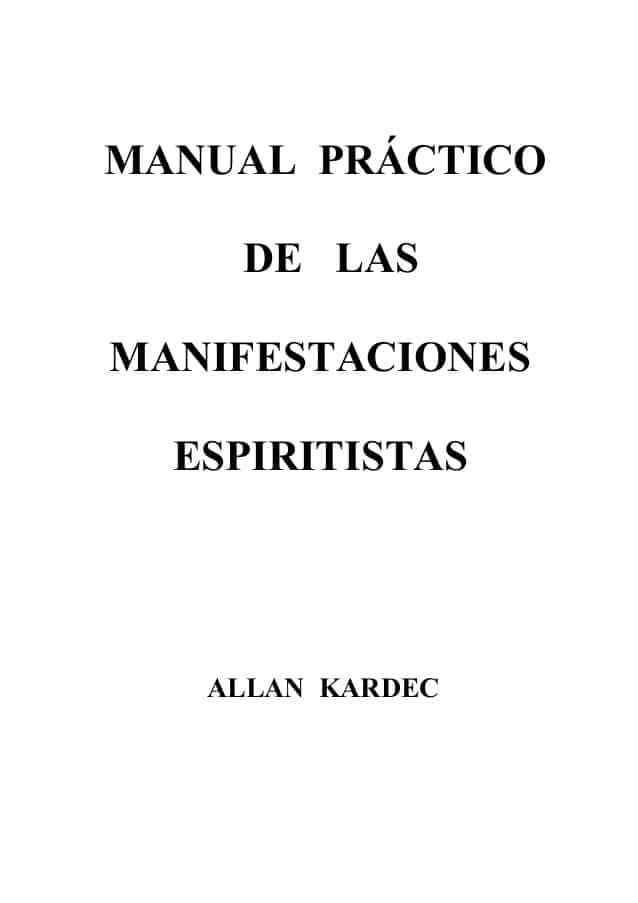
The second consequence was the reaction of the clergy, who began to speak from the pulpits about the evils of the new doctrine, and then issued a pastoral letter, dated 16 June, but not published until 25 July 1867. This letter, “the pamphlet, violently accused Spiritism with vindictiveness, causing a series of debates between Luiz Olímpio and Father Juliano José de Miranda.
And apparently the most heated point was reincarnation. It was only after a long time that the father, knowing that Luiz Olímpio was a Catholic by birth, settled the issue by saying that “Spiritism and Catholicism are the same Church of our Lord Jesus Christ”.
In 1875, the Garnier Bookstore published the first translation of a work by Allan Kardec for Brazil, The Book of Spirits, by the Fluminense doctor Dr. Joaquim Carlos Travassos, who also translated Heaven and Hell and The Book of Mediums.
These are just some of the data extracted from the beautiful work Intellectuals and Spiritism, in which we can find the beginning of the Brazilian Spiritist movement and the imperative need to flourish in Brazil.
The spirits of Bezerra de Menezes, Humberto de Campos and so many others bring us messages about the need to spread Spiritism in the homeland and even in other countries. The Spiritist message represents the presence of Jesus among us, when he affirmed that he had sent the Comforter, “that the Spirit of Truth may abide with you forever, whom the world cannot receive, because it does not see him, nor know him.
But ye know him, because he shall abide with you, and be in you. But the Comforter, which is the Holy Ghost, whom the Father will send in my name, he shall teach you all things, and bring all things to your remembrance, whatsoever I have said unto you. “(John, XIV: 15 to 17; 26).
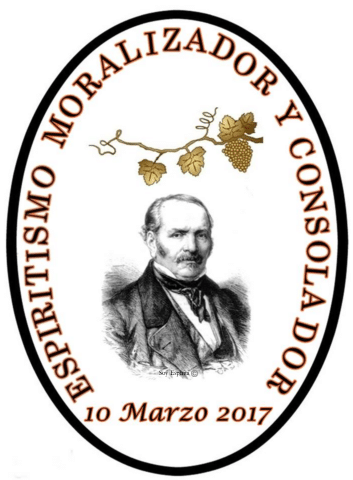
Allan Kardec’s sayings.
“The evil is not outside of me, but within me. So it is I who must be converted, not the external elements. We are the directors of our heaven and our hell”.
“Sorrow, purification and reparation are the three important conditions for eliminating the traces of a lack and its consequences”.
“We are our own judges, for the state of our soul lifts us up or casts us down.”
“Communications from beyond the grave oblige us to refuse the strongest means of instruction, which is the beginning of the knowledge of life.”
“New ideas ripen only when the earth is ready to receive them.”
Basic works.
The development of the Spiritualist codification began in 1855 in the home of the Baudin family. In the house lived two girls who were mediums, their names were Caoline and Julie Baudin, aged about fourteen and sixteen.
The works of the new publications were checked several times for errors and misinterpretations, and the more delicate aspects of the doctrine were checked with the help of up to ten mediums.
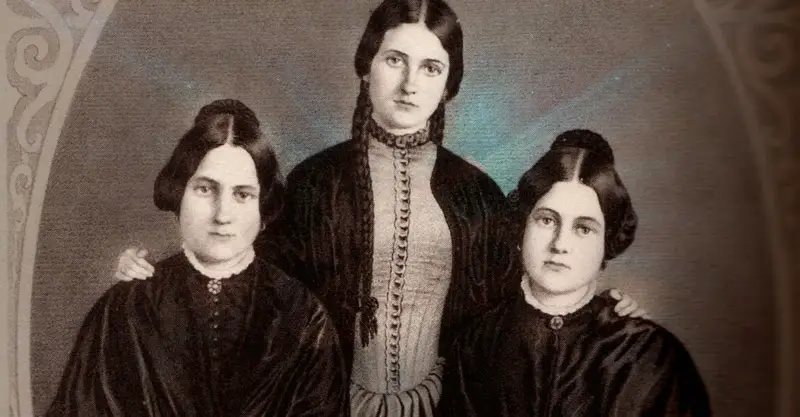
From the arguments made to the spirits was born “The Book of the Spirits”, which was published on the eighteenth of April, eighteen hundred and fifty-seven. In his life as a spiritualist, Allan Kardec dedicated himself to the work of spreading and propagating the Good News.
Allan Kardec travelled 693 leagues, visited twenty cities and participated in more than fifty spiritualist teaching meetings. He founded the Paris Society of Spiritualist Studies, which was intended to teach, understand and explain the new doctrine.
On the first of January eighteen hundred and fifty-eight, the codifier began a new activity, the monthly publication of the “Spiritist Magazine”, the main objective of which was to inform the followers of Spiritism about its growth and to discuss questions related to the doctrinal practices, thus beginning the Spiritist press.

The Book of Spirits (1857):
Containing the most important beginnings of the Spiritual Teaching, it speaks of the immortality of the soul, its attachments to men, the nature of spirits, the present life, moral laws, the future life, and the progress of mankind, according to the knowledge given by the higher spirits and assisted by the various mediums (mediums), taken and arranged by Allan Kardec.
It is divided into four subjects: “The Spiritist or Spiritual World”; “Primary Causes”; and “Hope and Consolation”.
The Book of Mediums (1861):
Aimed at the practical conduct of people who act as intermediaries between the spiritual world and the material, it teaches mediums the problems of mediumship, the virtues and evils of an uncontrolled faculty, and how to achieve a beneficial and stimulating contact with spirituality.
The book shows the moral and philosophical consequences of coherent relations between the visible and invisible mediums, and is the greatest treatise on the paranormal ever written.




